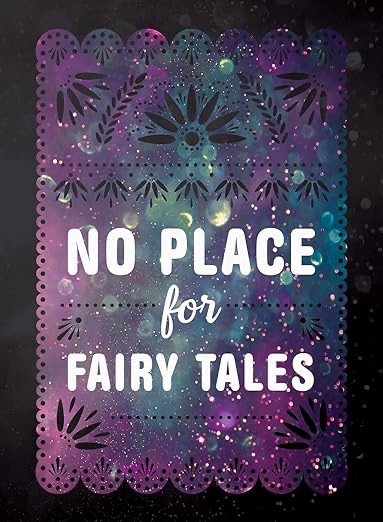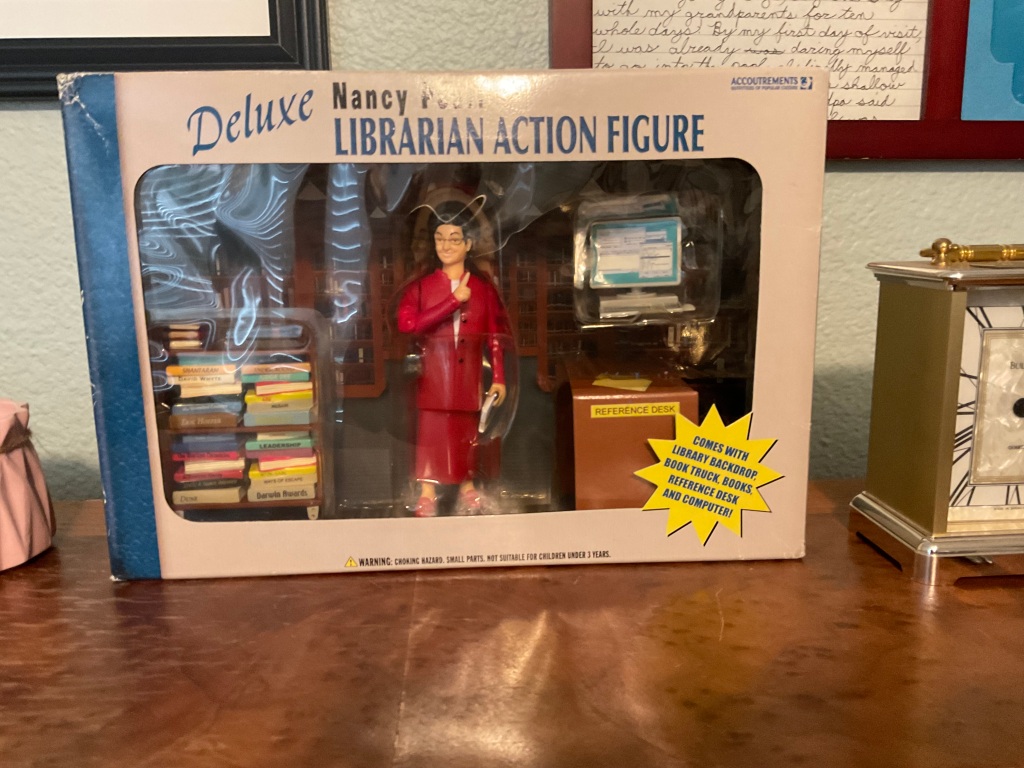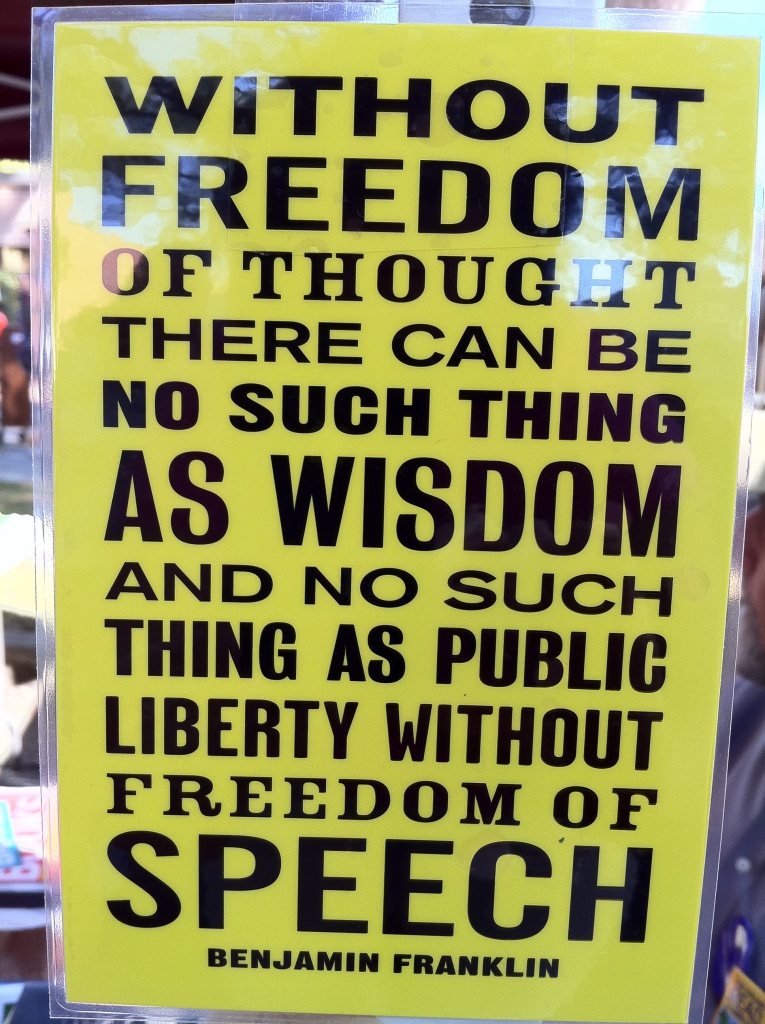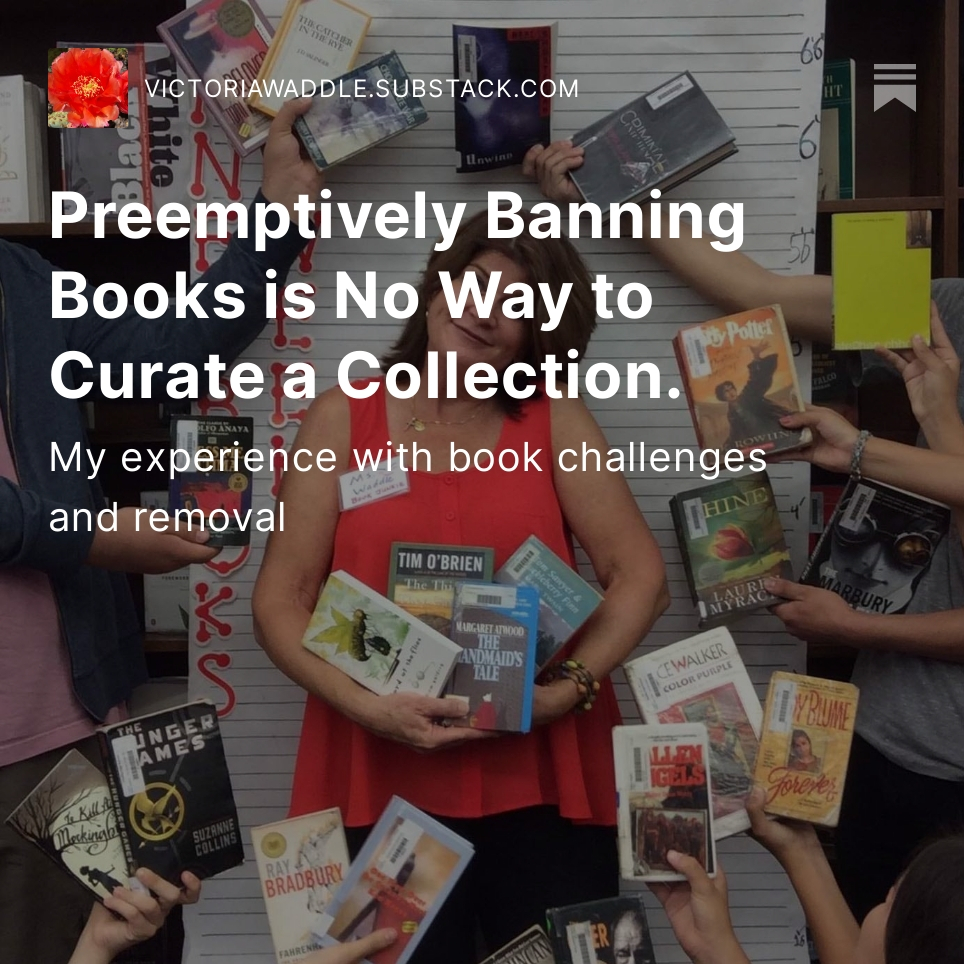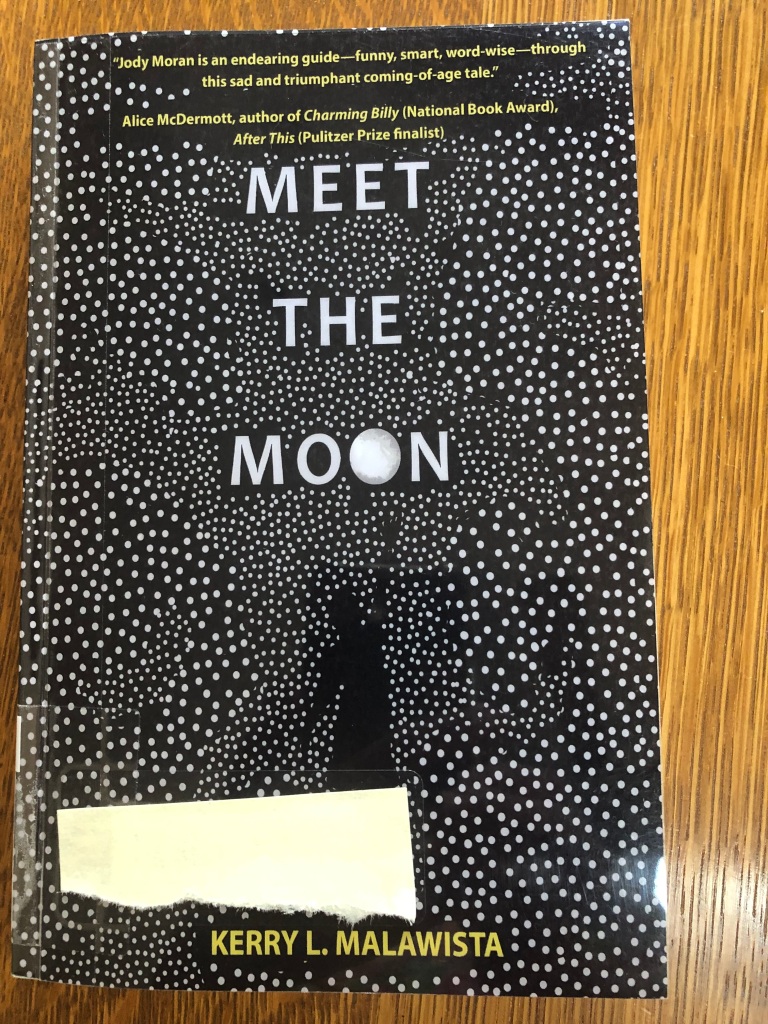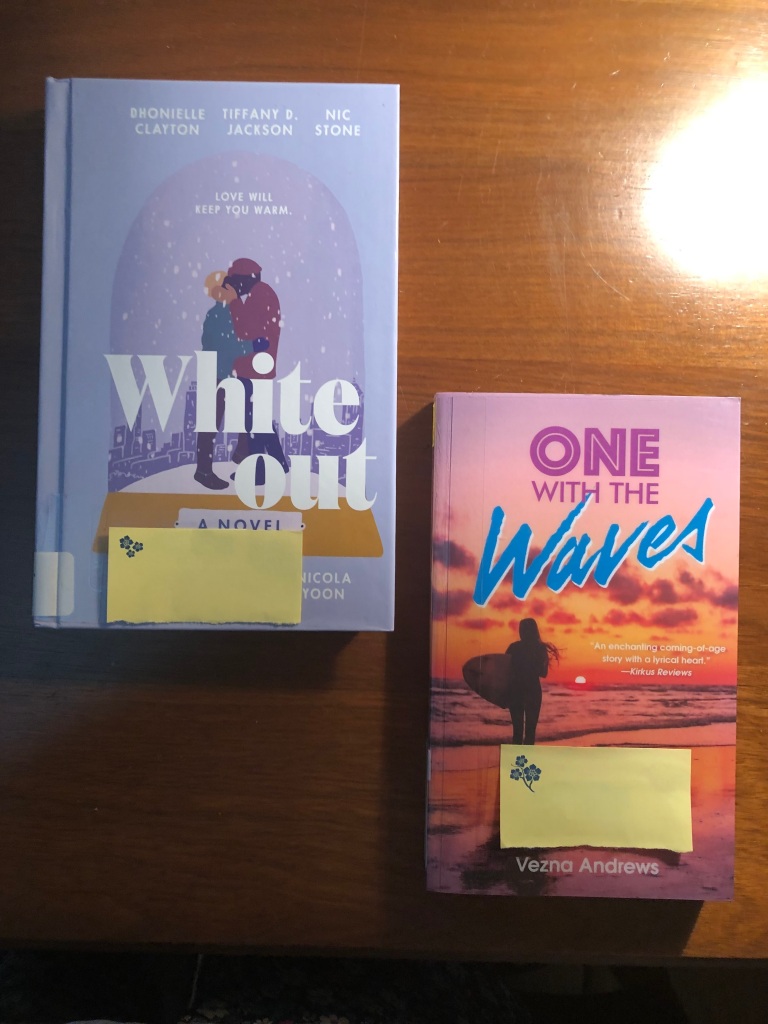Links to articles I’ve written about libraries and librarians
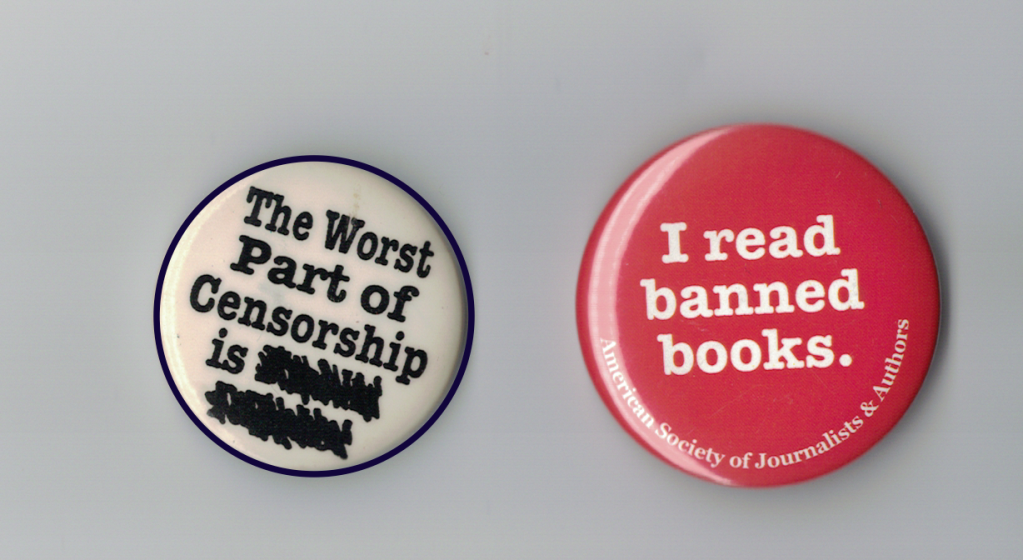
Over on Substack, I post weekly on topics of interest to readers and writers. Often, those posts are about my experience in the library. Pretty much every week, I also include a round up of that week’s book banning news.
Below is a collection of articles on my library experiences followed by recent book banning news. If you’d like to receive book news each week and the article that accompanies it, please subscribe to Be a Cactus.
Some posts I’ve written about libraries, librarians, and censorship
Posts on my experience with book challenges and challenging (thoughtful) books
Let’s Challenge Erasure
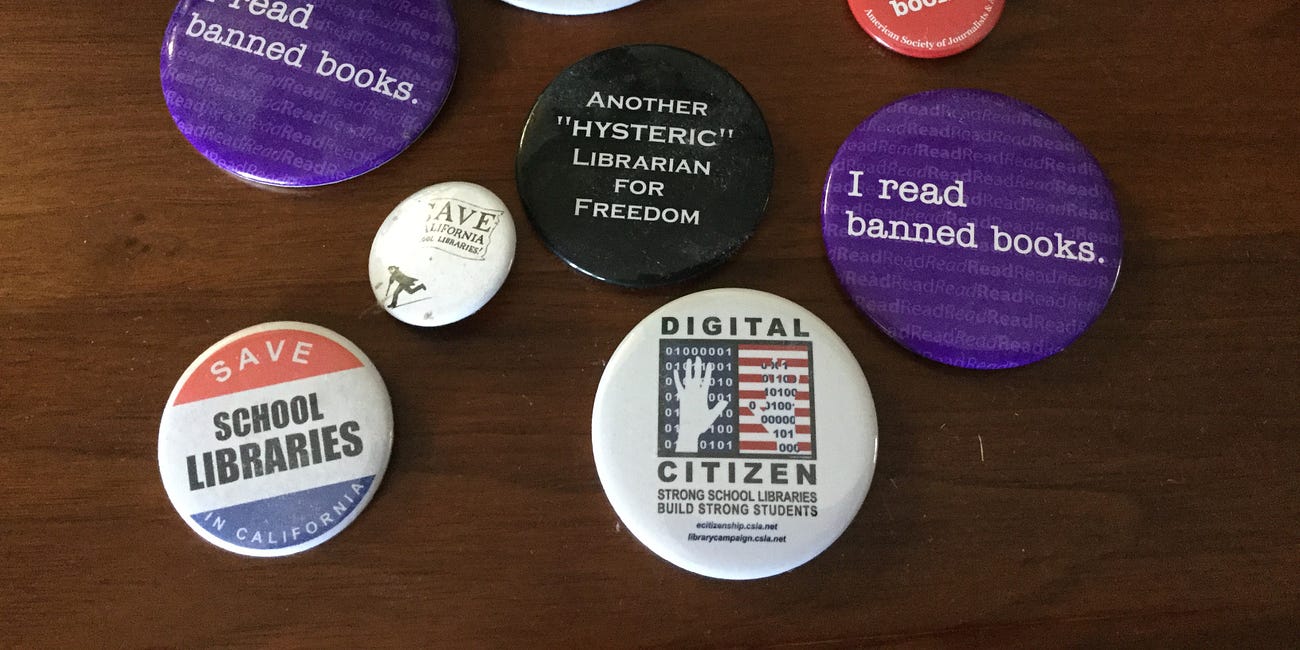
Is a Book Challenge a Ban?
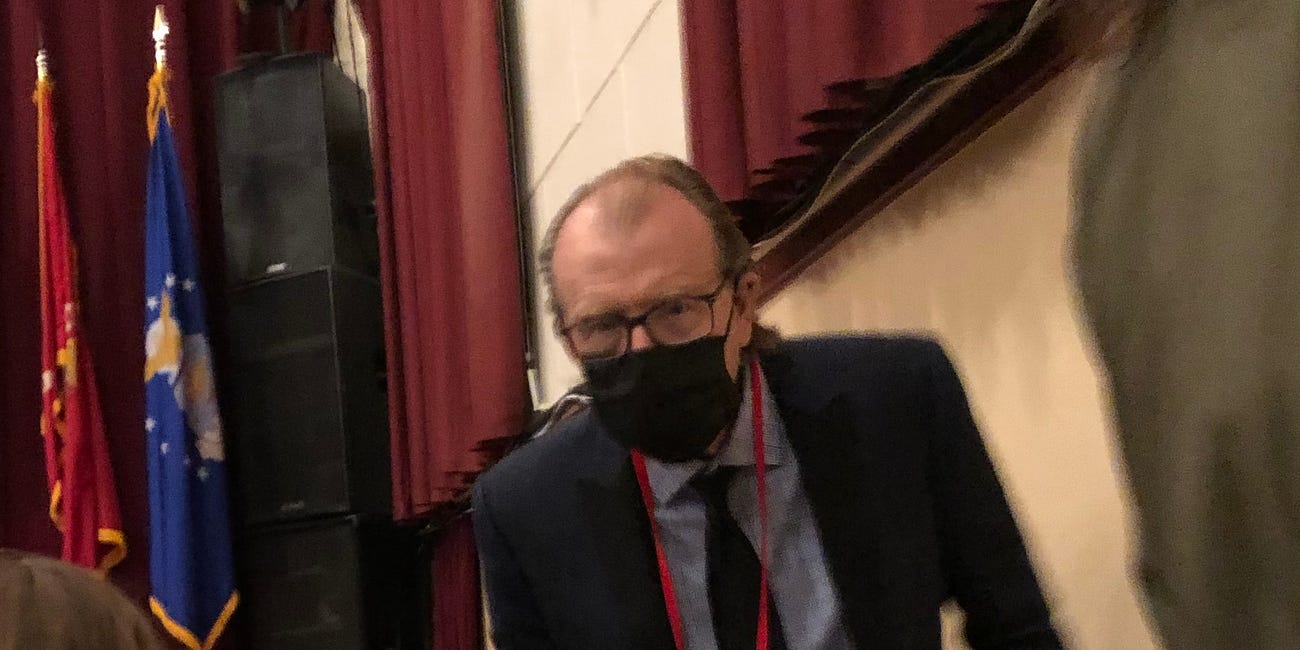
You Need Your School Librarian
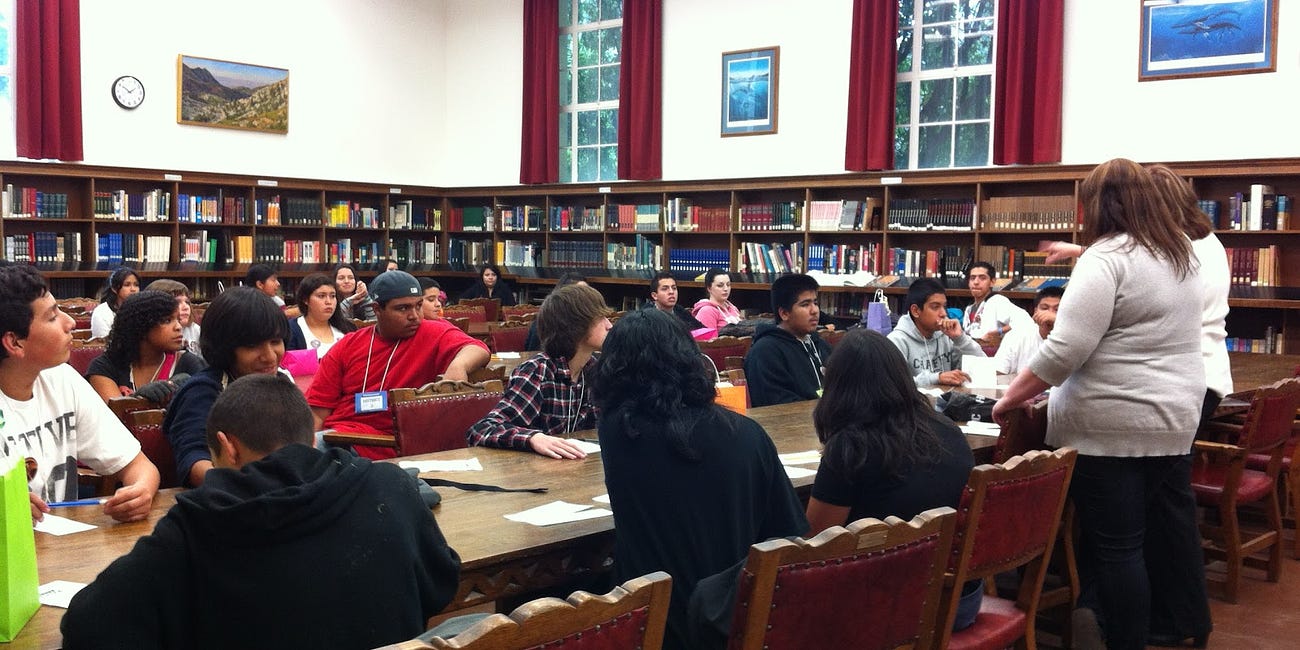
And not just for their fight against book banning. They do a lot more than champion free reading, things the general public doesn’t know about…
Librarian as Superhero
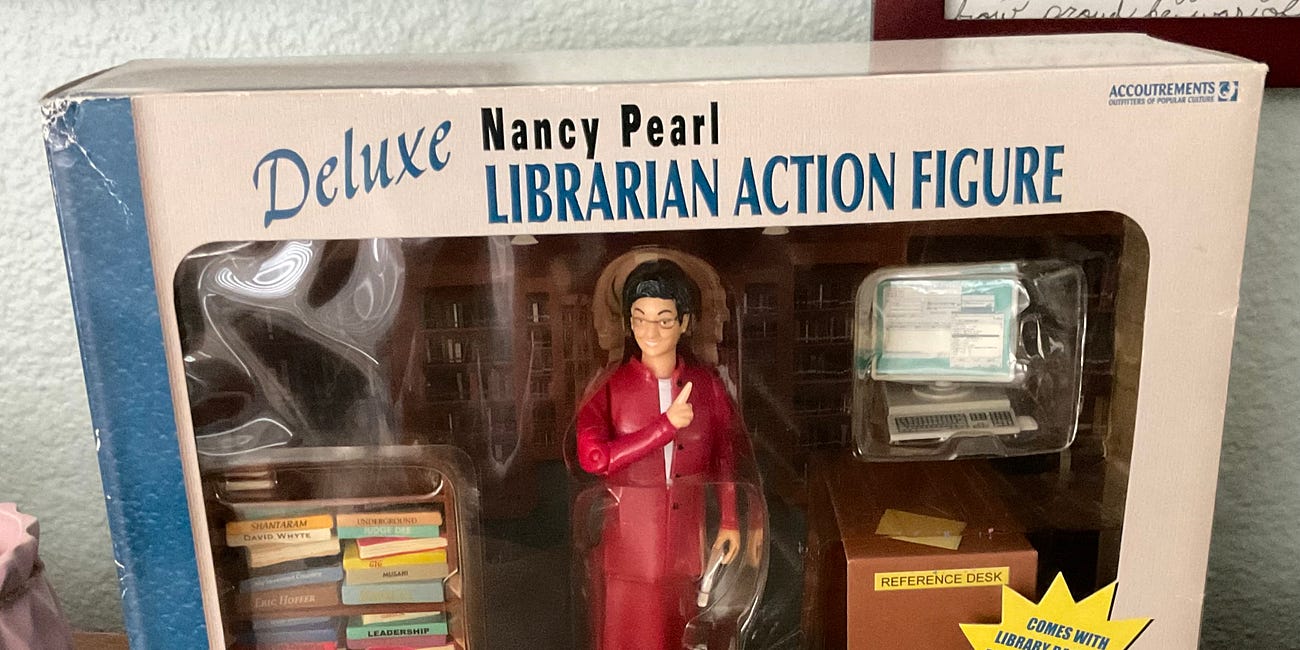
I wonder what librarians will do as the book challenges and book banning conflicts continue. In my fantasy world, I’m thinking some librarians, instead of removing books because of anticipated challenges, will become a part of an underground resistance. I think it’d be great fun to write a novel about these librarians. I’d have them foil the censors. Th…
The Fear of Censorship
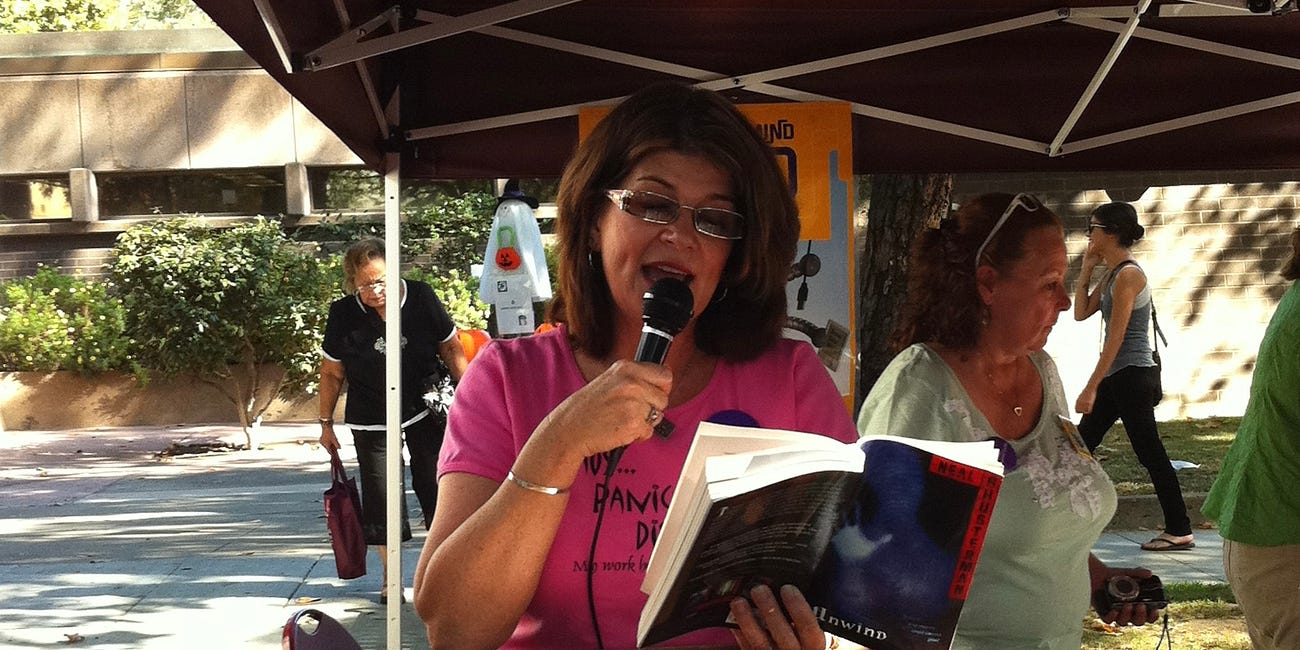
While most people are not in favor of banning books, people who are have an outsized effect on which titles are available in the library. Not only because they have formed a powerful national coalition with big money backers, but because they scare those who are responsible for book selection and curation. Someone who is afraid of a jail term for select…
Preemptively Banning Books is No Way to Curate a Collection
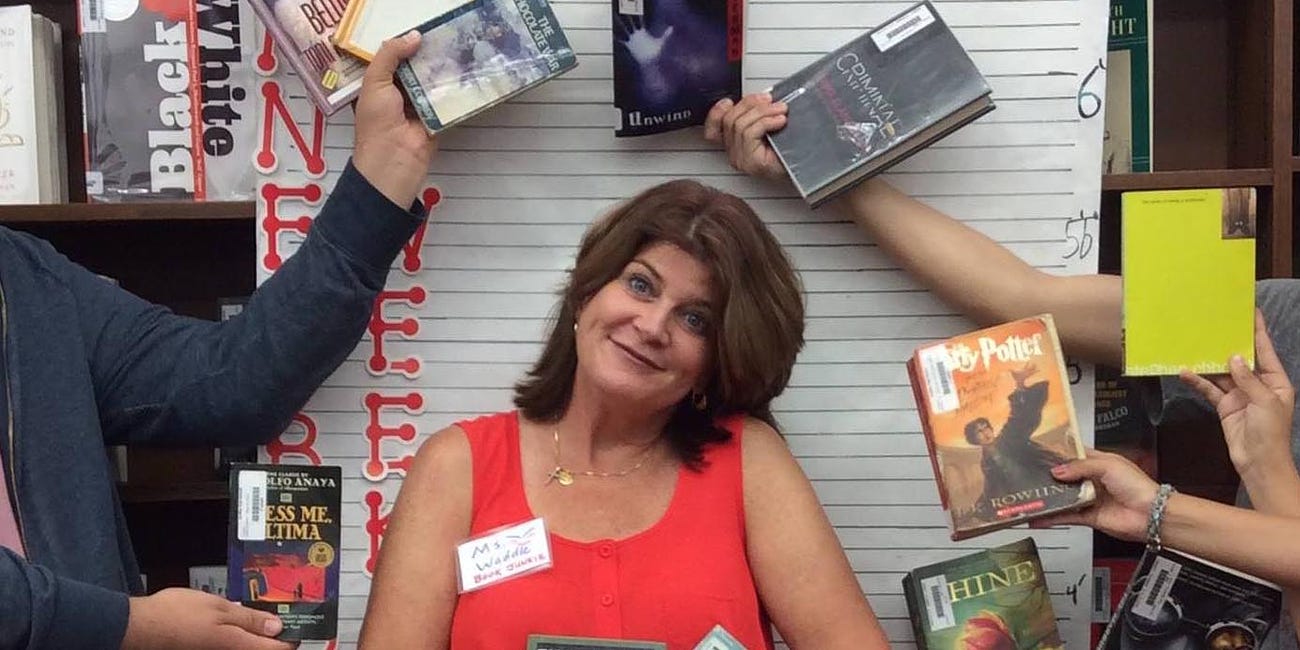
Library and book banning news
Tools for Thinking About Censorship (the cost of self-censorship)
“In other words, when we look at history’s major censorious regimes, all of them—I want to stress that; all of them—invested enormous resources in programs designed to encourage self-censorship, more resources than they invested in using state action to actively destroy or censor information.”
West Virginia House to Vote on Bill That Could Lead to Librarians Facing Jail Time
In fiery speech in support of the bill, Del. Brandon Steele called libraries ‘the sanctuary for pedophilia.’
The American Library Association Releases ‘Book Résumés’ for Banned Books
Created in collaboration with dozens of publishers, Unite Against Book Bans book résumés are easy-to-print documents that summarize a banned book’s significance and educational value, including a synopsis, reviews from professional journals, awards, accolades, and more.
Governor calls for reform of Florida’s book ban policies, after classics removed
Our opinion: Book search should lead to protections for the freedom to read
Freedom to Read Advocates Blast Alabama Library’s Ban on LGBTQ Book Purchases
“By making wild accusations about public schools as evil, while making equally wild statements about Christian schools as perfect angels, Republican senators are fomenting rancor without evidence to support their claims,” Epstein said. “Their goal is to sow fear around public schools, unwarranted fear.”
We now have to pass laws to protect freedoms we thought we had
What Updates Should Library Collection Policies Include? (Things for librarians to ponder)

